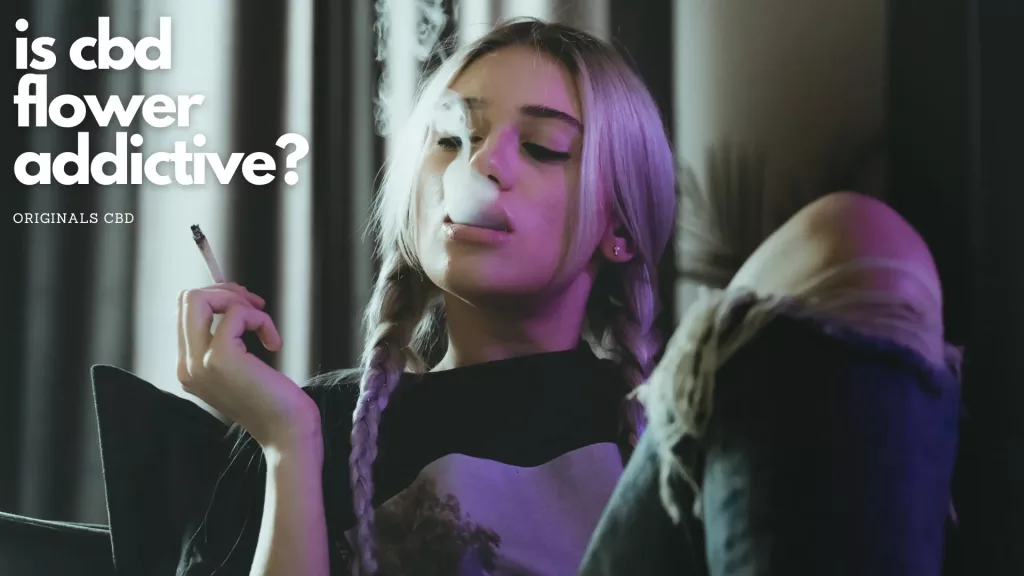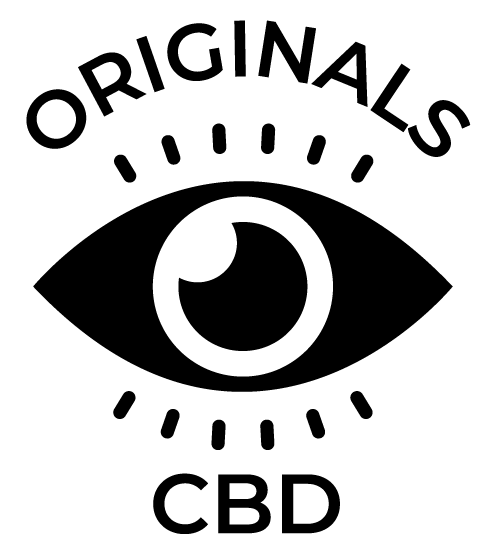
The Truth About CBD Flower: Debunking the Addiction Myth
Introduction to CBD Flower
Cannabidiol (CBD) flower, a product derived from the hemp plant, has been gaining widespread attention and interest due to its potential therapeutic effects. With its natural, non-psychoactive properties, CBD flower offers users an alternative to traditional cannabis, allowing them to reap the potential benefits without experiencing the mind-altering “high” typically associated with marijuana consumption. This surge in popularity has brought forth questions and concerns about addiction, prompting a need to delve deeper into the topic and provide accurate information to consumers.
CBD flower is harvested from the Cannabis Sativa L. plant, specifically bred to yield high levels of CBD while maintaining low levels of tetrahydrocannabinol (THC), the psychoactive compound found in marijuana. By carefully cultivating plants with a low THC concentration (below 0.2%) and abundant CBD, growers can produce CBD flower that retains the plant’s beneficial properties without inducing the intoxicating effects that some users wish to avoid. The resulting product has been hailed for its potential to alleviate various ailments and improve overall well-being. As the conversation surrounding CBD flower continues to evolve, it is crucial to separate fact from fiction and address the concern of addiction head-on, providing evidence-based information to dispel misconceptions and foster a clear understanding of this versatile product.
Understanding the Difference Between CBD Flower and Marijuana Chemical Composition of CBD Flower
Chemical Composition of CBD Flower
CBD flower and marijuana originate from the Cannabis Sativa L. plant; however, selective breeding processes have created distinct differences in their chemical compositions. CBD flower is specifically cultivated to contain high concentrations of cannabidiol (CBD) and minimal levels of tetrahydrocannabinol (THC), the psychoactive compound responsible for marijuana’s “high.” In contrast, marijuana typically exhibits higher THC concentrations, often exceeding 5%, along with varying levels of CBD.
These differences in chemical composition lead to distinct effects on users. CBD flower’s low THC content (below 0.2%) allows it to provide potential therapeutic benefits without inducing the psychoactive effects typically associated with marijuana use. This distinction is crucial for individuals seeking the potential health advantages of cannabis without the intoxicating effects, making CBD flower a more appealing and accessible option for a broader range of users.
Key Differences
- THC Levels: CBD flower contains less than 0.2% THC, while marijuana typically has THC levels of 5% or higher.
- Legal Status: CBD flower is legal in many countries, including the UK, US, and most European nations, while marijuana remains illegal in many places.
- Effects: CBD flower does not cause the “high” associated with marijuana, as it lacks the necessary THC concentration.
The Science Behind CBD Flower: Can You Get Addicted?
CBD Interaction with the Endocannabinoid System
Cannabidiol (CBD) interacts with the body’s endocannabinoid system (ECS), a complex cell-signaling system that plays a crucial role in maintaining homeostasis – the body’s ability to maintain internal balance and stability. The ECS is composed of three key components: endocannabinoids (naturally occurring compounds similar to cannabinoids found in cannabis), receptors (CB1 and CB2), and enzymes responsible for breaking down endocannabinoids.
CBD exerts its effects primarily by influencing the activity of the ECS rather than binding directly to the cannabinoid receptors like THC does. While THC binds to CB1 receptors, which are predominantly found in the brain and central nervous system, CBD acts indirectly on these receptors. This difference in interaction is what separates CBD from THC in terms of their effects on the human body.
By modulating the ECS, CBD has shown potential anti-inflammatory, analgesic, anxiolytic, and neuroprotective effects, among others. Its indirect action on the cannabinoid receptors is also the primary reason why CBD does not cause addiction or dependence. Unlike THC, which binds directly to the CB1 receptors and can lead to habit-forming behaviour, CBD’s interaction with the ECS allows it to provide potential therapeutic benefits without the risk of addiction. This understanding of CBD’s mechanism of action is crucial for dispelling misconceptions about its potential for addiction and recognising its value as a natural therapeutic agent.
Research on CBD and Addiction
Multiple studies have indicated that CBD itself is not addictive. The World Health Organisation (WHO) has reported that “CBD exhibits no effects indicative of any abuse or dependence potential.” Furthermore, some research even suggests that CBD may have potential therapeutic applications for treating substance abuse disorders.
Potential Benefits of CBD Flower
- Anxiety Relief: CBD may reduce anxiety symptoms, offering a natural solution for managing anxiety disorders and improving overall well-being.
- Pain Management: CBD could alleviate chronic pain and inflammation, providing an alternative to traditional pain medications for various painful conditions.
- Improved Sleep: CBD has the potential to enhance sleep quality and help with insomnia, acting as a natural remedy for sleep-related issues.
- Neuroprotective Properties: Researchers are investigating CBD’s role in protecting the nervous system and supporting brain health in conditions like Alzheimer’s and Parkinson’s disease.
- Anti-inflammatory Effects: CBD’s anti-inflammatory properties may benefit individuals suffering from inflammatory conditions such as arthritis or inflammatory bowel disease.
- Skin Health: CBD may reduce inflammation and sebum production, making it a promising candidate for treating acne and other skin conditions.
- Mood Enhancement: CBD may help improve mood by modulating the serotonin system, providing a potential natural option for individuals with mood disorders.
- Epilepsy Treatment: CBD has shown promise in reducing seizure frequency in certain forms of epilepsy, making it a potentially valuable adjunct to conventional seizure medications.
- Cardiovascular Health: Early research suggests that CBD may have cardioprotective properties, including reducing blood pressure and preventing heart damage.
- Substance Abuse Treatment: CBD may help reduce cravings and withdrawal symptoms in individuals seeking to overcome addiction, providing potential support in the recovery process.
Addressing Common Misconceptions about CBD Flower
Myth 1: CBD Flower Will Get You High
CBD flower does not produce a “high” due to its low THC content. While some users may report feeling more relaxed or experiencing other mild effects, these are not the same as the psychoactive effects caused by marijuana.
Myth 2: All CBD Products Are the Same
There is significant variation in the quality and potency of CBD products on the market. It’s crucial to research and choose reputable brands that provide third-party lab test results to ensure you’re getting a safe and effective product.
Myth 3: CBD Flower Has No Side Effects
While CBD is generally well-tolerated, some users may experience side effects such as drowsiness, dry mouth, or reduced appetite. It’s essential to start with a low dose and monitor your body’s response.

Selecting the Right CBD Flower for Your Needs
Consider the CBD Content
Different strains of CBD flower have varying levels of CBD. Look for strains with higher CBD concentrations if you’re seeking stronger therapeutic effects.
Look for Third-Party Lab Test Results
Reputable companies will provide third-party lab test results to verify the CBD content, potency, and purity of their products. This ensures you’re getting a safe and effective product.
Choose CBD Flower from the EU
CBD flower from the EU is grown without the use of harmful pesticides or chemicals, ensuring a safer and cleaner product.
Using CBD Flower Safely and Responsibly
Start with a Low Dose
Begin with a small amount of CBD flower and gradually increase the dose as needed to achieve the desired effects. This approach helps minimise potential side effects.
Consult Your Healthcare Professional
Before using CBD flower, consult your healthcare professional, especially if you are pregnant, nursing, or taking medications. They can provide personalised guidance based on your individual needs and medical history.
Avoid Combining CBD Flower with Other Substances
Mixing CBD flower with alcohol, medications, or other substances may lead to unwanted interactions or side effects. Use caution and consult your healthcare professional if you’re unsure about potential interactions.
Conclusion: Debunking the CBD Flower Addiction Myth
CBD flower is a non-addictive, natural alternative to traditional cannabis that offers a range of potential health benefits. It is essential to understand the differences between CBD flower and marijuana to make informed decisions about its use. Research has shown that CBD flower does not cause addiction or dependence, debunking the myth surrounding its potential for addiction. By choosing reputable CBD products and understanding their effects, users can safely explore the potential therapeutic properties of CBD flower.

